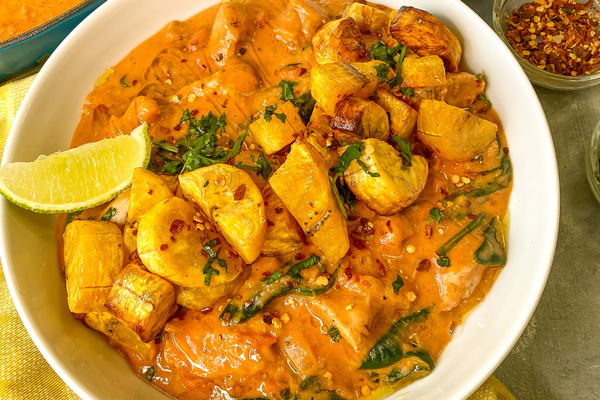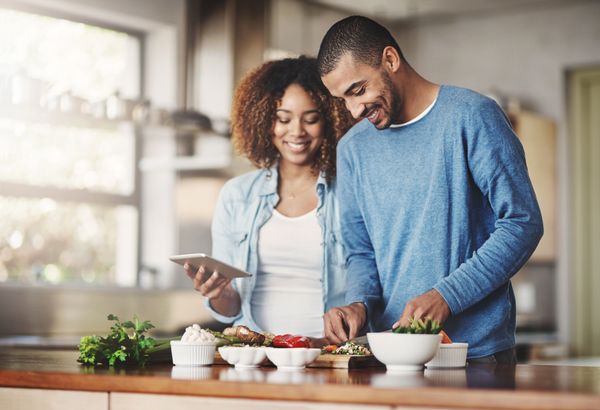It happens every time I go to clean out my fridge:
Oh, no! Those eggs are how old?
If I use that mustard with a date of 2014 stamped on its label, will I die?
The yogurt expired two weeks ago—but it seems okay. (Is it?)
The next thing I know, I'm hurling things toward the garbage, cursing under my breath the whole time about how much money I'm wasting on food (echoes of that childhood dictum: "Children are starving in Africa!")
So, What's the Real Deal on "Use By" Dates?
Thanks to the "Ask Well" column in the July 15, 2016, New York Times (refreshing to read about something other than politics and dreadful ways the world is falling apart):
- Most food date labels, which say "sell by" or "use by," are just suggestions from food manufacturers for peak freshness and taste. They're not an indication of the safety of the food or possible health concerns.
- Because there are no standards for the wording on these labels, and labeling practices vary by manufacturers and product types, they can be confusing to interpret.
- Most foods can be eaten days—or even months—after the dates have passed.
- Our bodies are well equipped to figure out when food is spoiled, Dana Gunders, a senior scientist at the Natural Resources Defense Council, told the Times. In other words, sniff it and it will smell bad; taste it and you might want to spit it out. What's the worst that can happen? Your stomach will bother you.
- If you see mold on the food, that's a sure sign to toss it.
- Refrigerate foods within two hours to avoid bacteria that can grow on many foods, causing illness. In the summer, move faster, and make that one hour.
What if You Want to Preserve the Food to Eat Later?
If you have things like sliced bread that might be sitting around before you get to finish it, freeze it.
Store cheese in wax paper—it preserves better than plastic wrap.
Exceptions to the Rule
Pay attention to dates on foods that may harbor listeria, which can grow despite refrigeration. The FDA says that this illness can be especially dangerous for at-risk groups, including pregnant women, newborns, older adults and people with weakened immune systems.
So, pay attention to the dates on these foods:
- deli meats
- unpasteurized dairy products
- ready-to-eat refrigerated foods (best to use them ASAP)
- hot dogs and sausages (if they're not fully cooked)
Some Common Conundrums
Temperature of fridge? Keep it at 40 degrees F or below.
Keeping your fridge clean is not just so you can open it and feel good that it's gleaming: Listeria can spread between foods through spills.
Keep raw meat, poultry and seafood separate from other foods in your fridge.
Eggs can be eaten up to three to five weeks after their "use by" date. A good test: Drop the egg into a glass of water; if it floats, dump it. A sinking egg is a safe egg.
Wondering if you should wash your greens?
For more info on food safety, visit the U.S. Department of Agriculture Food Safety and Inspection Service website or the Centers for Disease Control and Prevention Food Safety site.
Information is also available at the U.S. Food and Drug Administration's inquiry page or at its Food Info Line: 1-888-SAFEFOOD (1-888-723-3366).
This post originally appeared on mysocalledmidlife.net.







